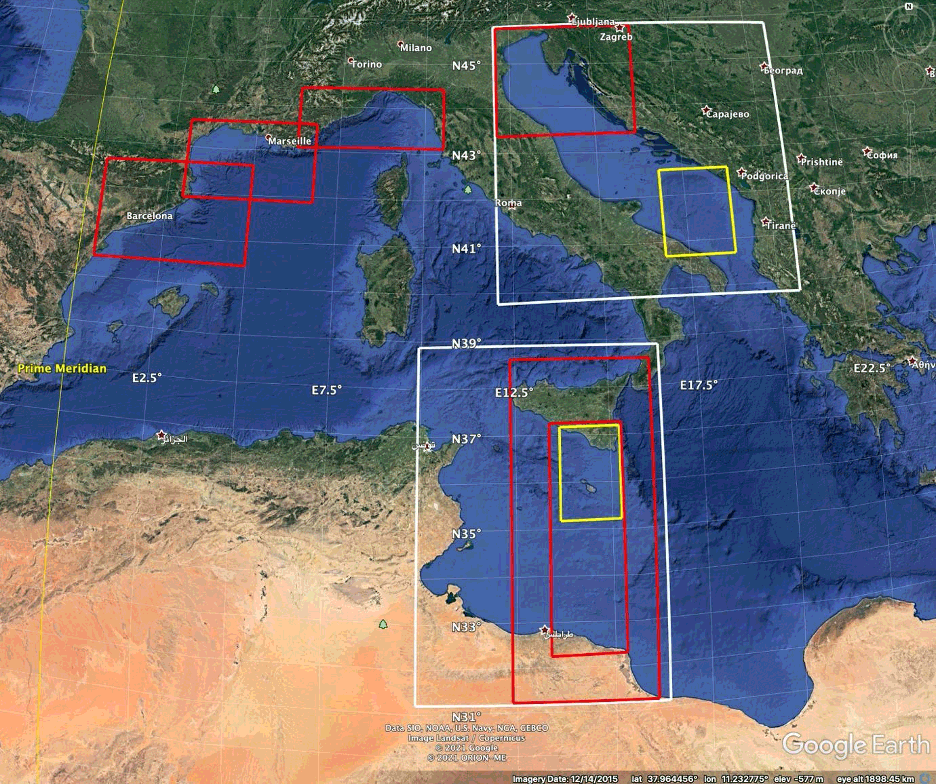"Building cyber infrastructure for ocean research: An application to the Northern Adriatic Sea physics and biogeochemistry"
Ocean Sciences, Climate
Research area
The main goal of TeraBit is to build and provide a robust and innovative cyberinfrastructure that could be used for various scientific applications of strategic importance for Italy in the context of the National Plan of Restart and Resilience. One of the many potential applications is national marine research, with specific interest in various Italian seas. My project is at the interface between TeraBit and the MER project that focuses on simulating the environmental processes of various Italian seas, including the Adriatic Sea. My project focuses on building a numerical model of the Adriatic Sea that simulates its physical and biogeochemical dynamics at very high resolution. This model, when built, will be then used for many environmental applications relative to human health, seawage discharge, the potential spreading of E. Coli via plumes in the coastal zone of the northern Adriatic Sea. The model is based on the coupling of MITgcm (physical code) and BFM (biogeochemical code).
Project goals
In the specific case of my project under TeraBit I have been working on the various building steps of a cyber infrastructure whose goal is the compilation and coupling of these two codes.
When ready, this novel numerical tool will be used for potential applications by research institutes or other scientific agencies focusing on potential topics relative to the Northern Adriatic Sea.
Specifically, for my task I have been taking care of the debugging phase of the code collaborating with other scientists at OGS (Drs. Piani, Querin, Bolzon, and Salon) in order to overcome all the problems relative to the steps required to a build an efficient cyber infrastructure dedicated to this task.
Computational approach
Since the beginning of the project I have been focusing on the correct compilation of Fortran code under Linux environment using commands from automatized shell scripting files.
The main challenge has mostly been bringing together different versions of the code that were not tested together in the phase of coupling earlier.
The main goal remains to build the main executable file needed for scientific applications. While using a part of the code highly familiar to me (MITgcm), which was the easiest part of this task to me, the challenging part of this task has been understanding the main architecture and the functioning of the coupler code in order to complete the full compilation.
The completion of this step is currently work in progress.
Various domains of the MER project, the red box over the North Adriatic Sea corresponds to the domain where the TerbaBit infrastructure will be implemented for modeling activity.
Manfredi Manizza
Istituto Nazionale di Oceanografia e di Geofisica Sperimentale
Ocean physical-biogeochemical modeler interested in the response of global and polar oceans to anthropogenic climate change. My work is based on building and using of numerical models that describe the physical, chemical and ecological processes of the oceans and their intricate interactions while responding to climate change. I am interested in the cycling of oceanic gases that have climatic effect when released into the Earth’s atmosphere such as CO2 and N2O.










